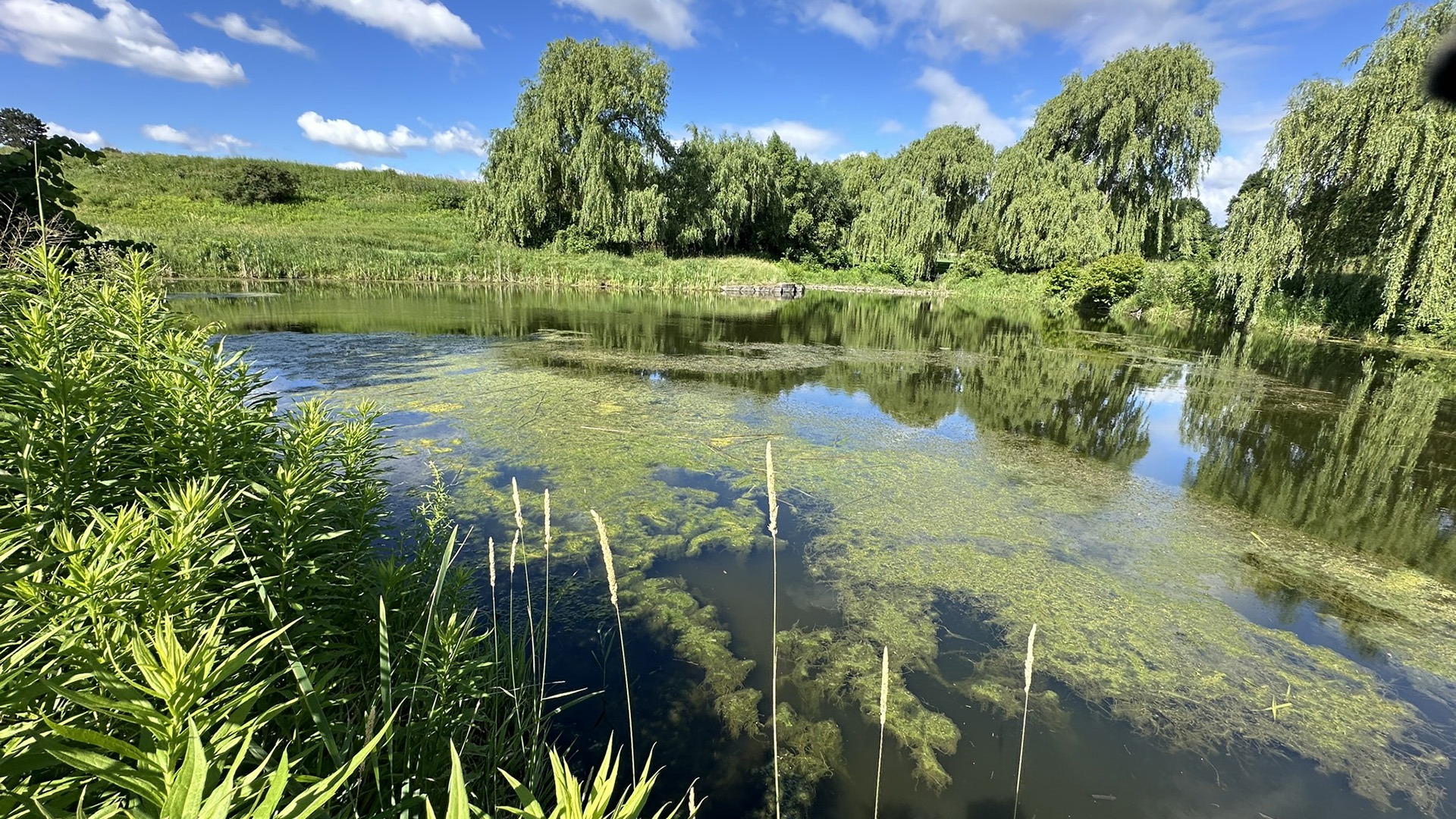Your cart is currently empty!
Common Aquatic Weeds in the Trent-Severn Waterways


Aquatic Weed Identification Made Simple

Types of Weeds

Brazilian Elodea

Curly Pond Weed

Fanwort

Hydrilla

Parrot Feather

Starry Stonewort

Water Chestnut

Watermilfoil

Here’s How You Get Clear Water

Consultation & Education

Booking & Execution

Ongoing Maintenance & Treatments

